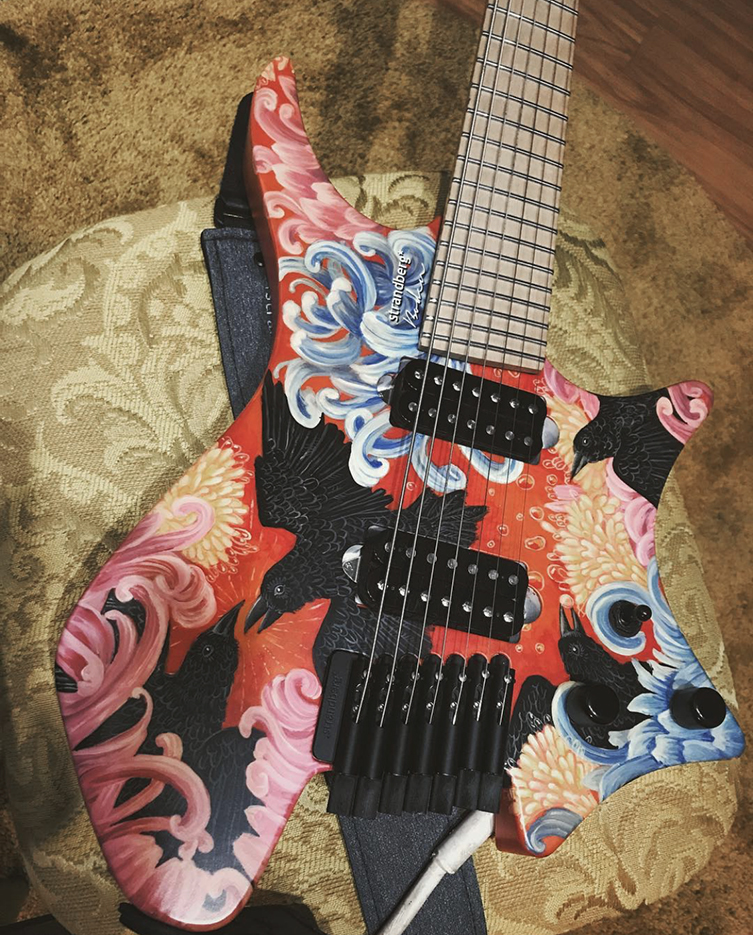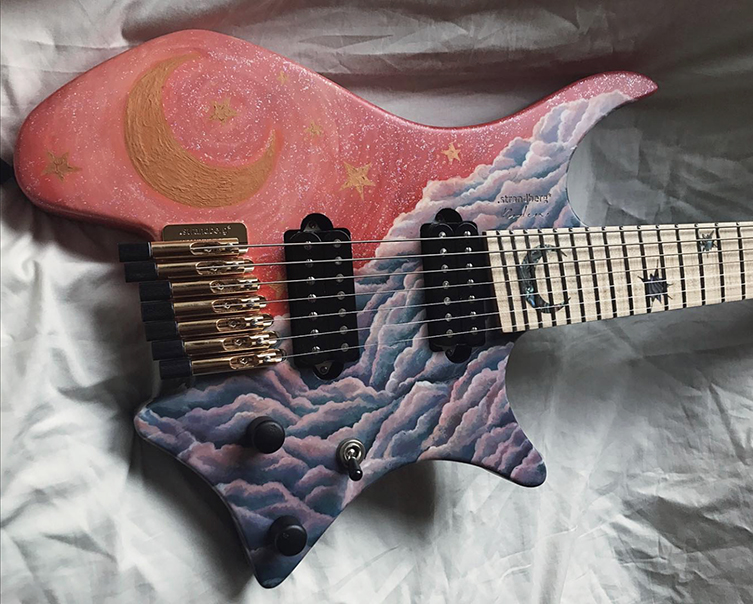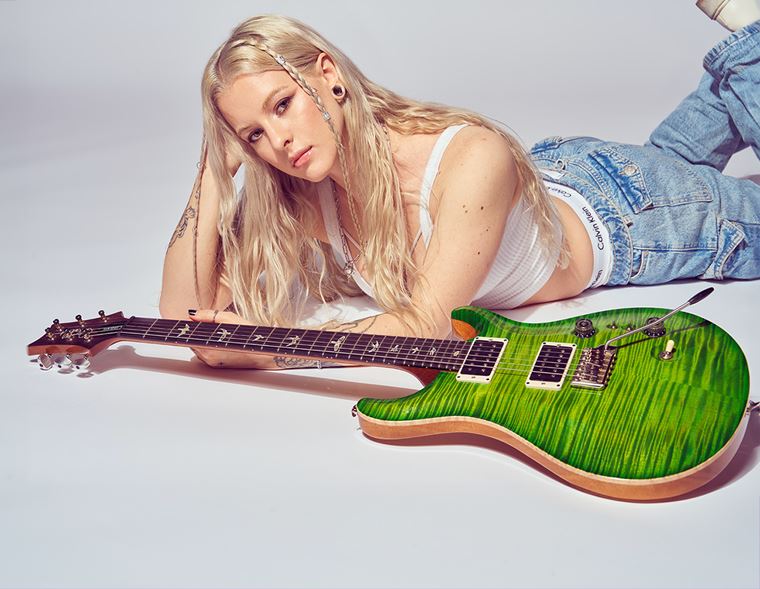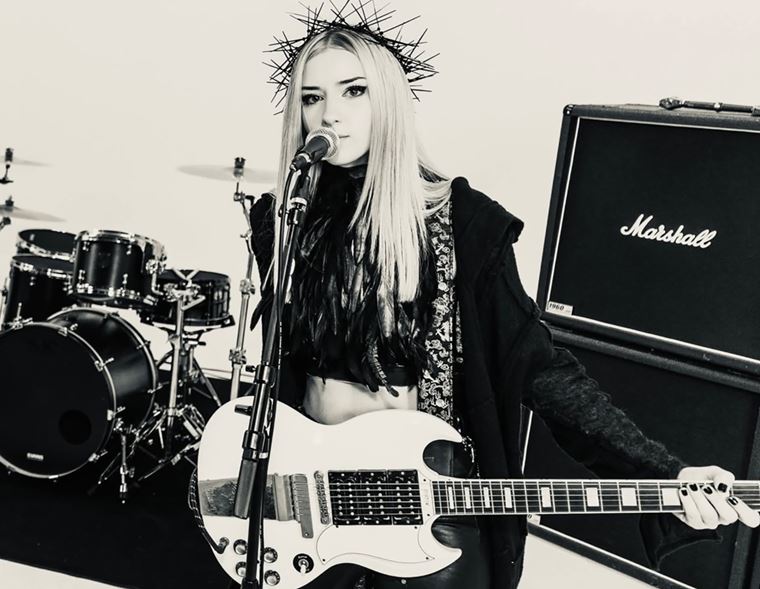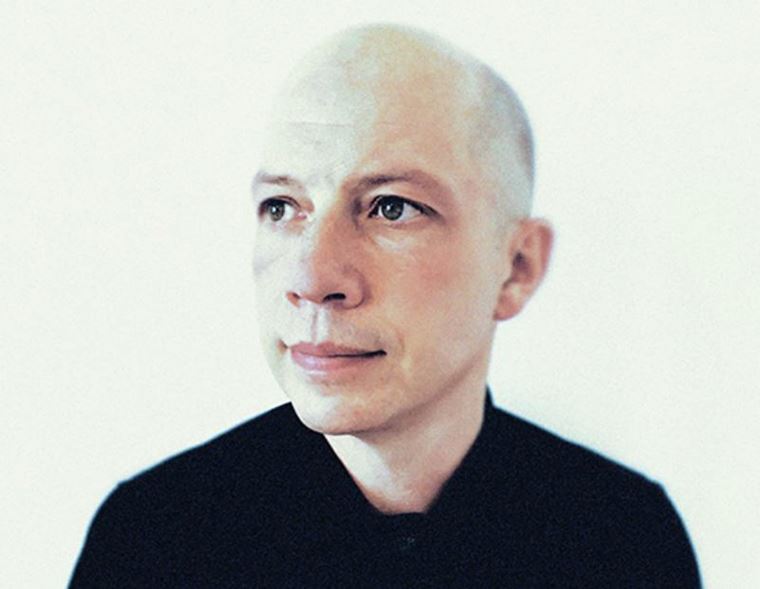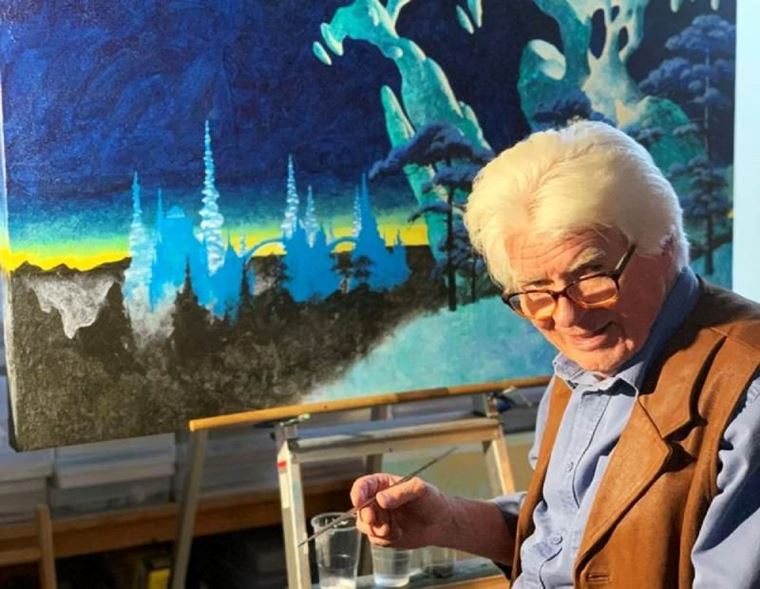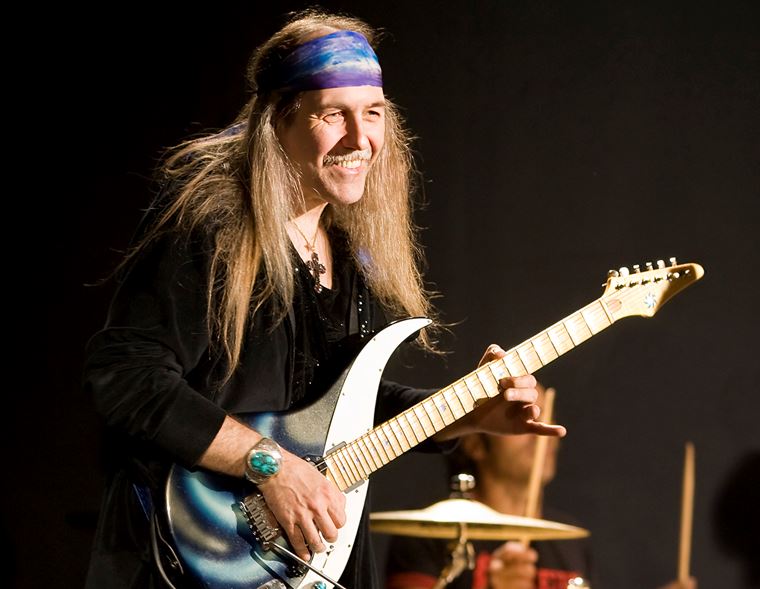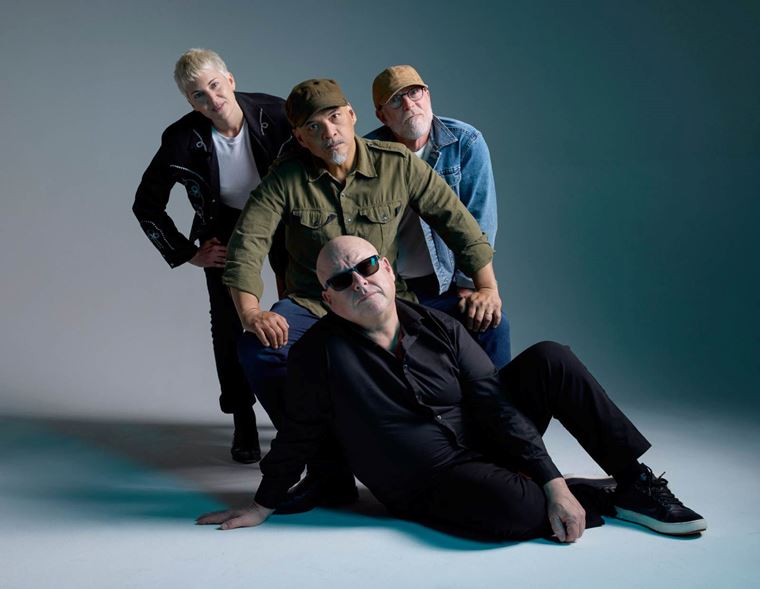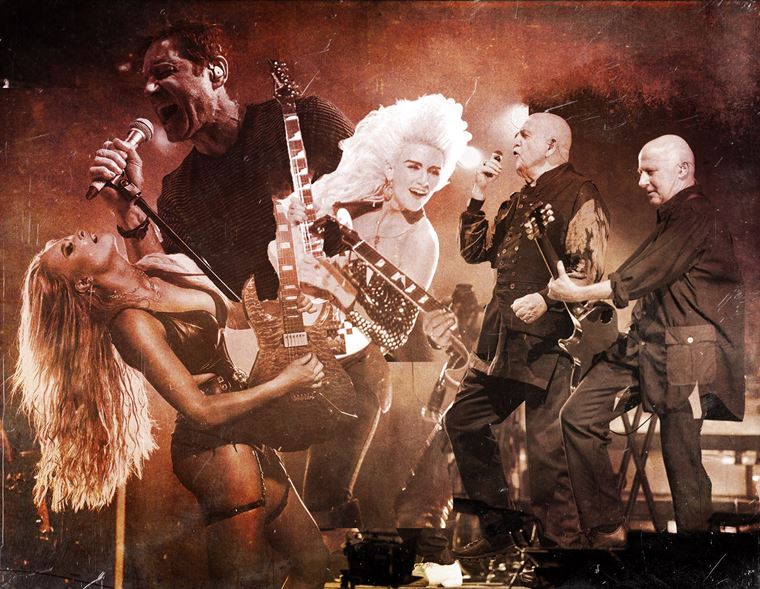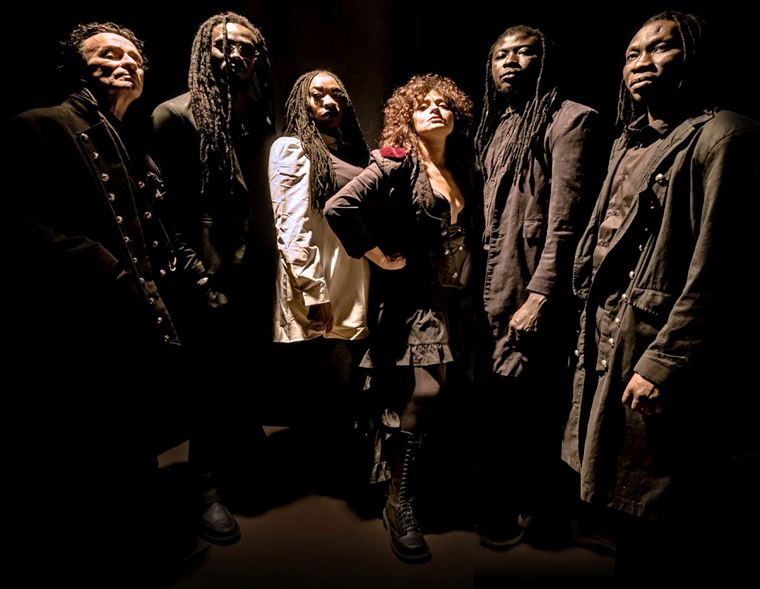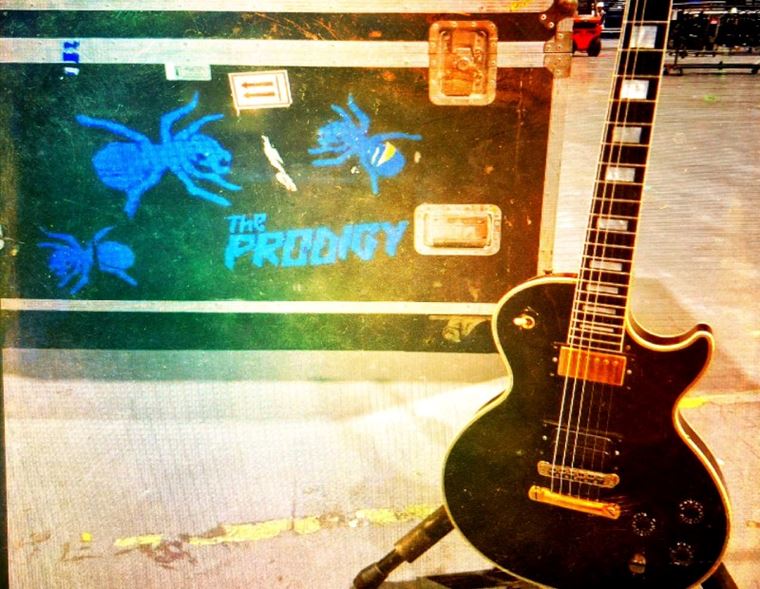The guitarguitar Interview: Covet's Yvette Young
Published on 12 July 2020
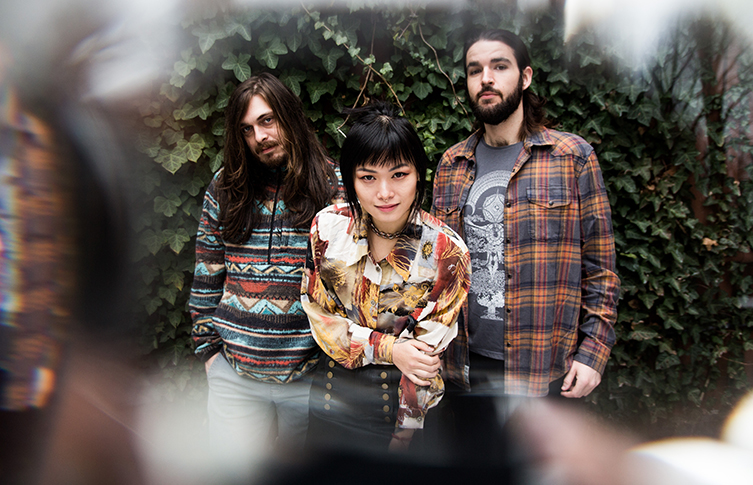
Yvette Young Interview
YY: I feel like the songs are all supposed to tell individual stories and all if not most of them are about feeling powerful and uplifted. I guess if there was a unifying theme, it would just be melodic healing music that takes you through a whole spectrum of colours!
YY: I usually start the song at home by writing a riff and trying to build on it. Sometimes riffs are actually inspired by pedal demos! Tones can really inspire me and bring out melodies and playing styles that I don’t usually think of when I’m playing dry. When the song is finished or at least close to finished, I take it to my drummer and we actually dissect the rhythms. Then we play as a trio with bass and the rhythm section hashes it out. Sometimes we complete songs together too and change the structure to improve flow! We practically have it down to a science now haha
YY: Thank you so much. I actually never really used a pick and went straight to finger style when I picked up the guitar. I started on acoustic and listened to a lot of folk music so in conjunction with piano being my first instrument, fingerstyle just made the most sense. It’s easier to play things with polyphony because I can treat the lower strings like my left hand accompaniment and the upper strings like my right hand lead melodies (and switch if needed!). I actually keep my nails super short because I still need to play piano!
YY: I liked a lot of acoustic shred players like Jon Gomm and Erik Mongrain, and also quite liked Guthrie Govan for his melodic playing and flow, as well as versatility! But I would say bands and songwriters were my main inspiration to play music and play the way I do today. I listened to a lot of folk as mentioned before, but also loved the emotion and textures conveyed in postrock, as well as the catchiness of pop and indie bands. I also took a lot of inspiration from the rawness of some punk (and folk!) music. I think actually, I can attribute my current sound to listened to a wide variety of genres and being just a big music consuming nerd! I started out hoping to emulate bands like American Football, TTNG, Toe, Enemies…etc. These days I really admire movie soundtrack composers like Ryuichi Sakamoto but also indie artists like Porches and The Japanese House. I’ll seriously listen to anything and find inspiration in anything! It’s all about knowing how to re-contextualize.

YY: Aw thank you! I love the look of offset bodies, but what really drew me to that guitar was the neck. Ibanez necks are just so comfortable and fast! So I get the feel of a more modern “shredder” guitar but with the look of something more classic. Gotta love the Seymour Duncan 5-2 pickups that are in it too… they sound so awesome just straight into my Vox ac10. Sounding great just out of the box is essential to me. If I don’t like my tone, I pretty much hate myself HAHA.
YY: Oh, I actually use 12s on electric and 11s on acoustic! I actually don’t struggle with bending too much because I think piano made my fingers “mad swole”. So I have really strong and tough fingers! I actually upgraded to 12s because I was bending the 11s too easily and it was messing with my accuracy hahaha (Not a flex I swear).

YY: I say there’s a time and place for everything! Some of the newer stuff has some dirt 'n chonk in there ;) It really just depends on what kind of story I want to tell and what mood I want to paint. Tones are totally like colours for me… and I try to be strategic about where I place there to emphasize dynamics and bring a melody to life.
YY: Thank you! That song is my favorite. So the main guitar is through the Walrus Audio Julia and EQD Warden Compressor (sustain up for a bit of grit), and then pickup in neck + middle position. When it gets to the gainer sounds at the end, what you’re hearing is the Electronic Audio Experiments Longsword on the neck pickup. The middle dreamy section is the Caroline Guitar Somersault Lo-fi modulator. And some of the leady accompanying bits I wrote over the song I used the Meris Mercury 7 reverb (MY FAV) and a bit of pushed amp, and then the twinkly overlay in the middle dreamy section is the Mercury 7 alongside the Zvex Sonar Tremolo on neck + middle pickup. Thanks for letting me vomit all my tone settings to you!
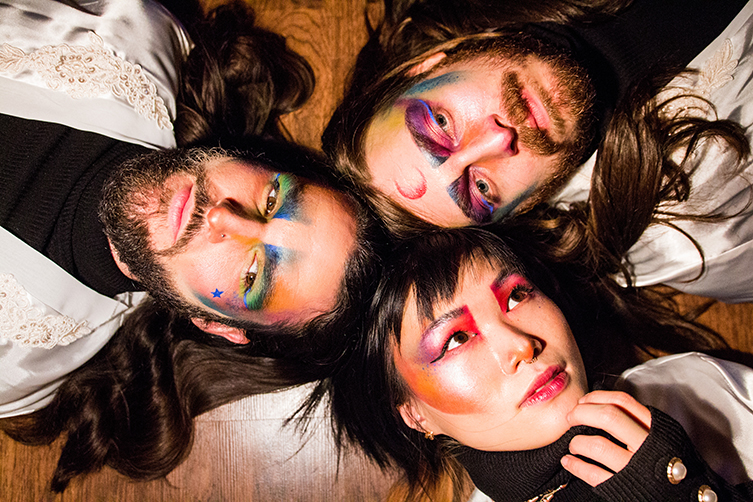
YY: Aw thank you! Luckily I have a bit of practice singing and playing with my acoustic EPs…but yeah it’s gonna be a fun challenge having to do vocal warmups before my set now. I think the key to singing and playing isn’t doing both at the same time and “splitting your brain”, but actually just locking your hands down to pure muscle memory so you only have to think about the lyrics and pitch! Farewell is a lot harder than Parachute because of those tricky bars where the beat flips haha. I love to torture myself I guess!
YY: Ooo I actually never think about time signatures or meter consciously when I write. I sing everything so that it still ends up fluid…and oddly enough (no pun intended), my melodies never seem to stay in 4/4! I would say that the goal shouldn’t be to write purposefully in odd meter, but instead it should be to try to make a song that really flows first! I love when something is dancy and people don’t even notice it’s in 7 and 5. That’s actually one of my goals when I write music… to make compound meter still danceable and catchy.
YY: I will attach a pic! I used acrylic and model paints, and had someone professionally satin finish it. I absolutely must remove hardware before painting!
YY: I think colour is absolutely essential to how I personally experience music. The visual arts world and music are so enmeshed. I mentioned earlier that tones and textures are like colours for me. I view melody as a black and white drawing and your effects are like the colours you choose to add to specific places to enhance your overall “narrative”. I personally love it when a song takes me on a colourful journey… I think I oftentimes much prefer melodic music over more droney rhythmic stuff (that being said I freaking LOVE Carbomb and Telefon Tel Aviv and Jon Hopkins…stuff like that). I think guitar music can be whatever it wants to be. It can be virtuosic shred but also can be a single note played with the perfect vibrato at the perfect time…and it can be completely effects-drenched shoegazey ambiance. I think the thing that will help guitar music the most is diversity and being unafraid of exploration/going outside of what tones and techniques are expected of the genre.

